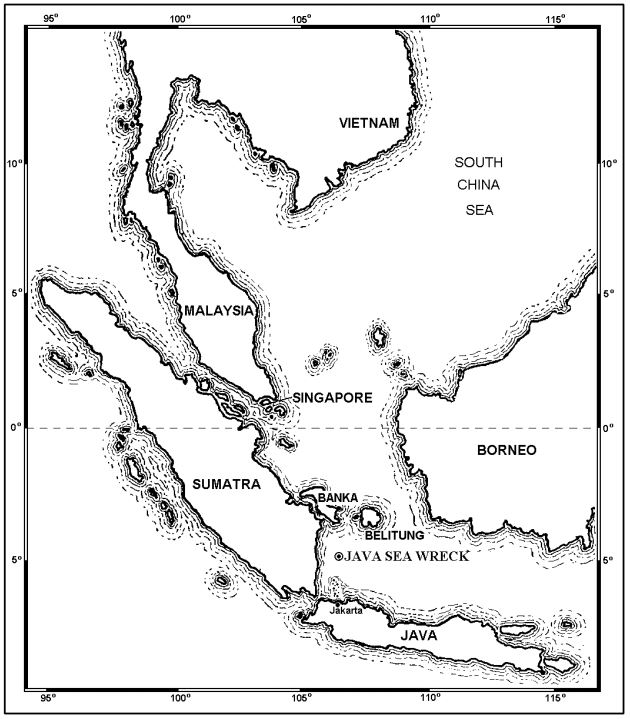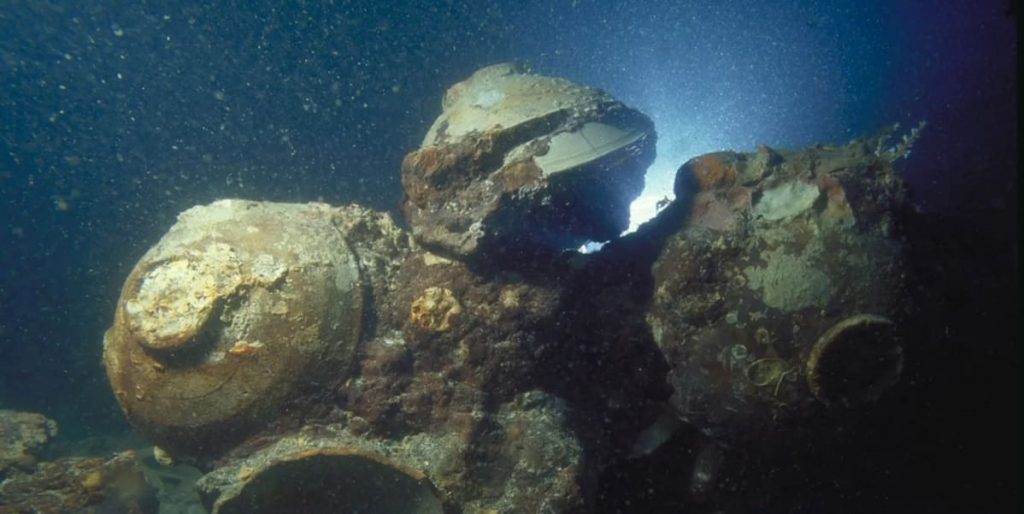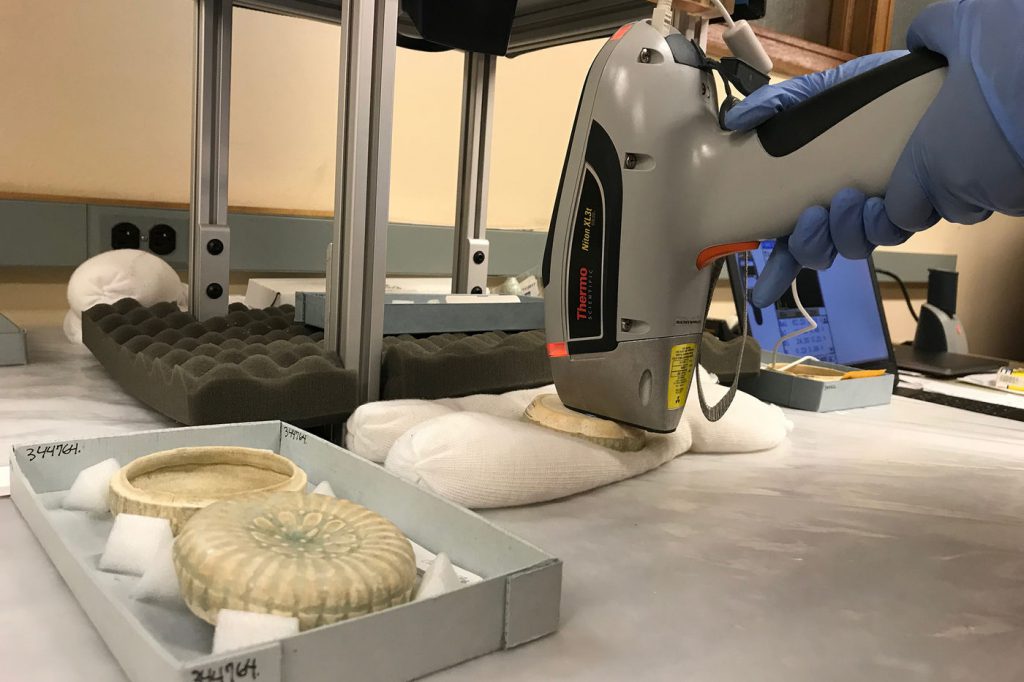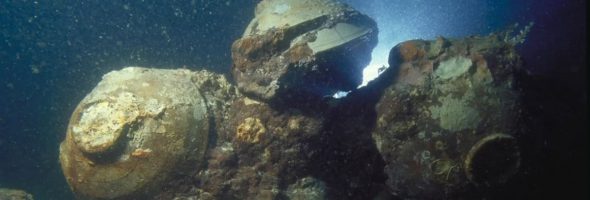Some time in the 13th-century, a ship sank in the northwest region of the Java Sea in Indonesia. The wreck was discovered by fishermen in the late 1980s. It is thought that birds preying on schools of fish hiding around the wreck gave away its location as the seabed is otherwise featureless. The ship’s identity had long been lost and with no written records of its origin or destination, it became known as the Java Sea Wreck.

The first official investigation and excavation of the wreck took place in 1996 and was carried out by Pacific Sea Resources. Despite the previous looting and dynamite fishing at the site, a large proportion of the cargo remained intact. The two main commodities recovered were iron and ceramics.

22 years after these ceramics were recovered, scientists can now pinpoint their exact origin by using a portable X-ray fluorescence detector. The “gun” fires x-rays into the ceramic glaze that causes the energy within the material to become active. It then measures the energy and collects its unique signature. This signature can then be compared to samples taken from kilns where ceramics were made around Asia. If it matches a sample it is possible to deduct its origin – just like a fingerprint!

It is not just the technology that is mindblowing, but also the results it produced. The ceramics used in the study were proven to have been made 2000 miles from where the ship sank! That’s about the same distance as between London, England, and Nicosia, Cyprus. This shows that the south-Asian maritime trade network was a lot bigger in the 13th century than previously thought.
Without breaking a single ware it was possible to determine that the ceramics originated from the Jiangxi province in south-east China. It is thought that these ceramics were made in the “Porcelain Capital“, today known as Jingdezhen, where pottery has been produced for around 1,700 years. Traditionally we are taught to associate vast medieval trade networks with European origin but in this case, Europe had little to do with the network between Asia and Africa. Discovering early trade logistics and socioeconomic networks around the globe will help to illustrate the globalization phenomenon in the medieval period.
Sources
Field Museum. 2019. “X-ray gun” helps researchers pinpoint the origins of pottery found on
Wallius, A. 2019. 1200-luvun kauppalaivan hylky kertoo globaalista kaupasta ennen kuin Euroopasta tuli sen napa. [e-article]. Yle News. Available from: https://yle.fi/uutiset/3-10640696 [Accessed on: 20th February 2019]
Wenpeng, X., Niziolek, L. C. and Feinman, G. M. 2019. Sourcing qingbai porcelains from the Java Sea Shipwreck: Compositional Analysis using portable XRF. Journal of Archaeological Science. Available from:
https://doi.org/10.1016/j.jas.2018.12.010 [Accessed on: 20th February 2019]


